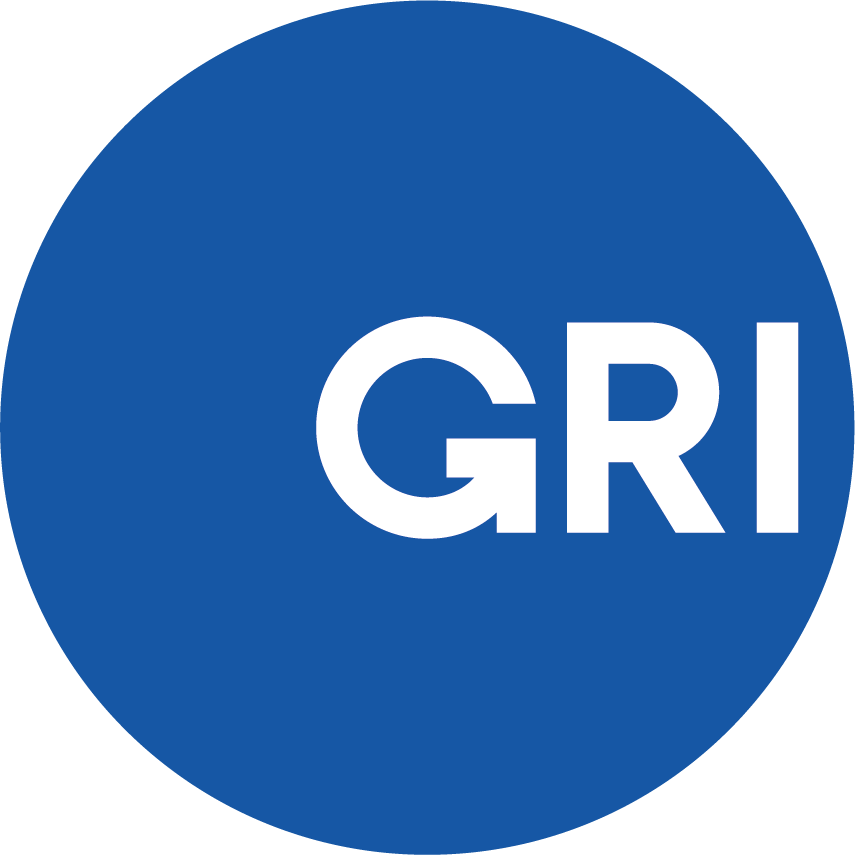Enabling Transparency in Water Management With the GRI Standards

Today the world observes International World Water Day, in an effort to raise awareness on the importance of water. Given water's pivotal role in sustaining human life and well-being, the United Nations has recognized access to water as a fundamental human right. Moreover, acknowledging the paramount importance of clean water and sanitation for achieving sustainable development, the UN has also integrated water as one of the 17 goals that form the 2030 Agenda for Sustainable Development.
Organizations have significant influence in safeguarding this key resource, as their activities can significantly impact the ecosystem through water withdrawal, consumption, and discharge. Direct impacts on a catchment can have wider consequences on the quality of life in an area, including social and economic consequences for local communities and indigenous peoples. Since water is a shared resource, and water-related impacts are localized, organizations are increasingly encouraged to:
- Prioritize action in areas with water stress.
- Understand and respond to local contexts, including local social and environmental impacts.
- Aim to benefit and respect the needs and priorities of all water users in an area.
- Align their approaches and collective actions with other water users and with effective public policy.
GRI has a dedicated Topic Standard for Water and Effluents. This standard equips organizations with a comprehensive approach for measuring water use and the associated impacts in direct operations and across the value chain, with emphasis on context-based metrics and areas with water stress. Moreover, it helps organizations provide a full picture of water use impacts, from withdrawal to consumption and discharge. Additionally, the standard promotes an expanded management approach to capture how water is managed as a shared resource and the impacts on local communities.
The GRI Standards are developed through a robust and transparent multi-stakeholder process. GRI 303: Water and Effluents was developed by a Working Group comprised of 14 members from various geographies and sectors - including businesses, investors, civil society, and international and governmental institutions. The North America region was well represented - thanks to the invaluable contributions of North American experts within Ceres, Guess, SASB, WRI and Pacific Institute, who served as Working Group members.
“We need water to live well, and to survive as a species. This is why we must be water stewards in our homes and at work - when we clean, eat and shop. Sometimes the choices are obvious - like taking short showers. But sometimes the choices are less so - such as opting for plant-based meat or shopping for denim made with water-saving technology.
This is why when we updated the GRI water disclosure, we broadened the topic management approach to include indirect water impacts (such as raw material procurement) in addition to direct water use. By requiring information related to both upstream or downstream water impacts, GRI enables companies to present a more complete perspective. The GRI water disclosure helps companies to focus on what's most important, and offers external stakeholders a more thorough understanding of corporate water risks and opportunities.”
Jaclyn Allen, US- based Working Group Member

